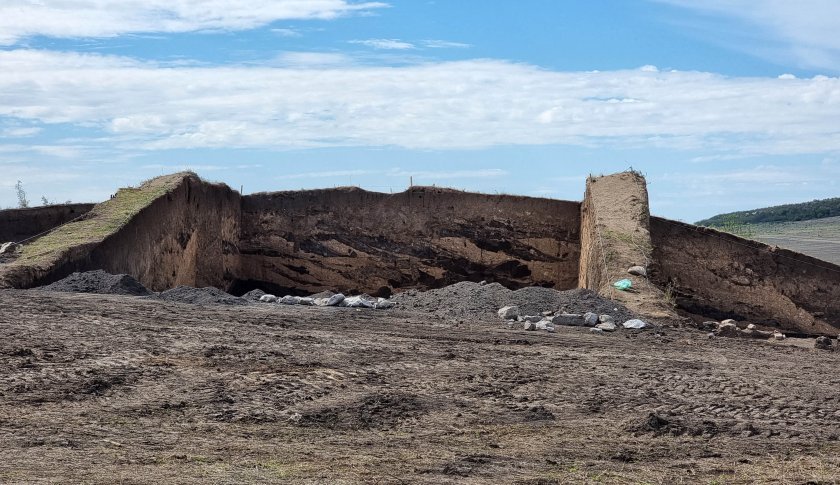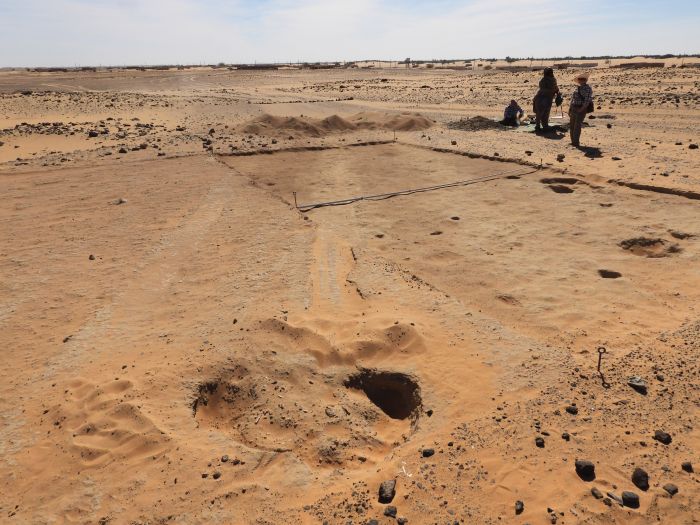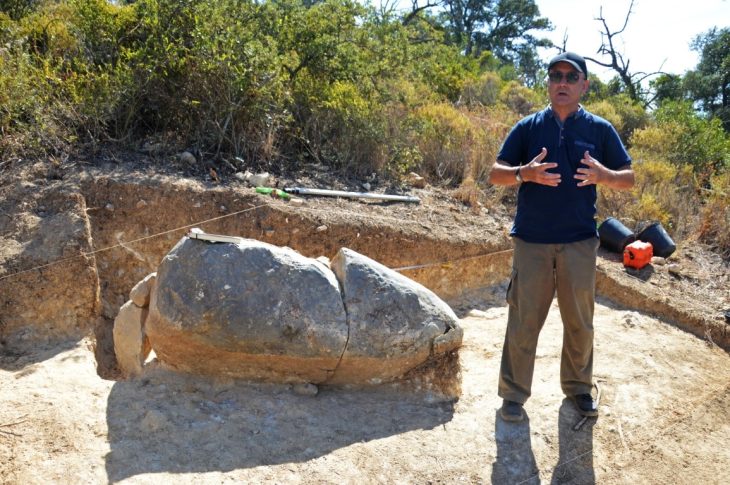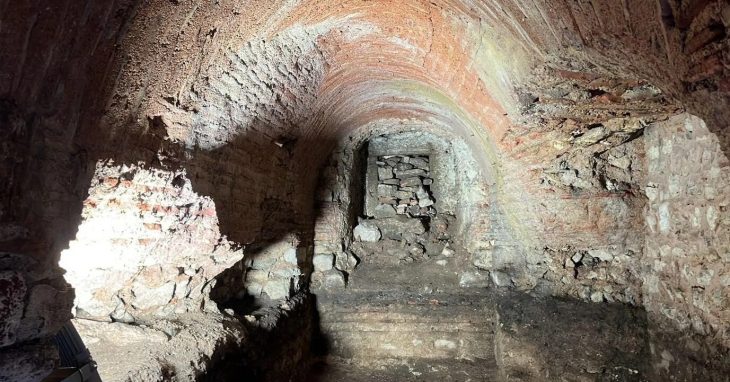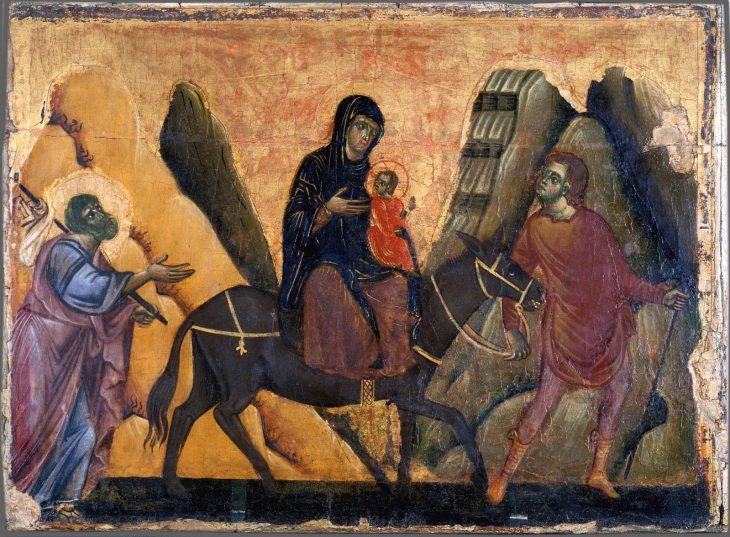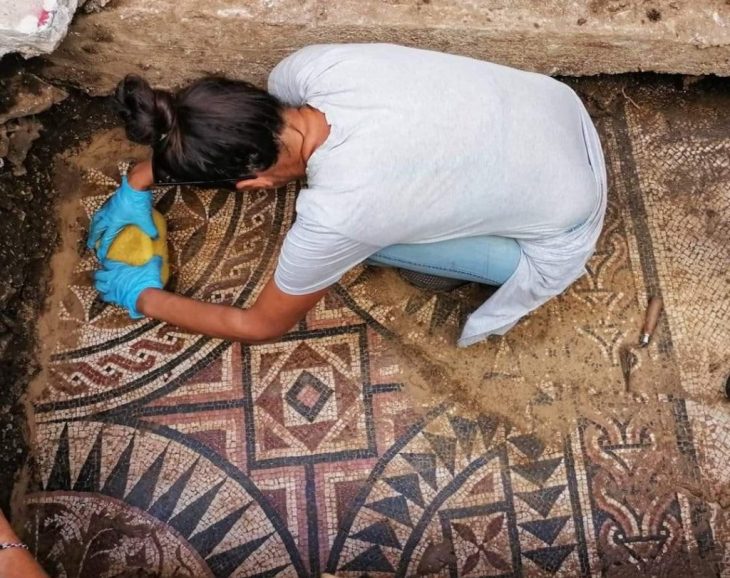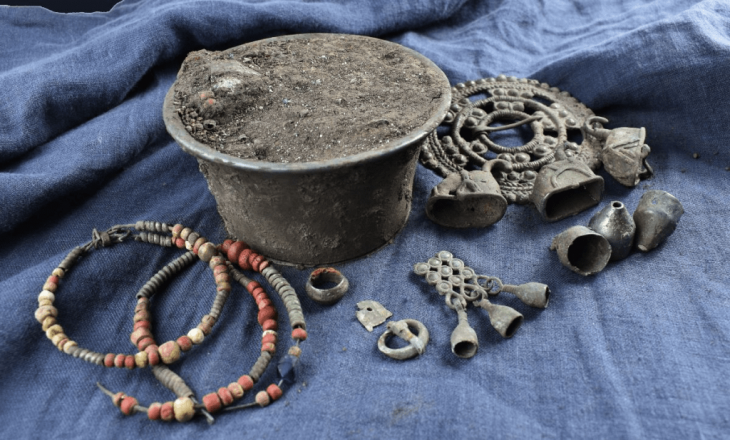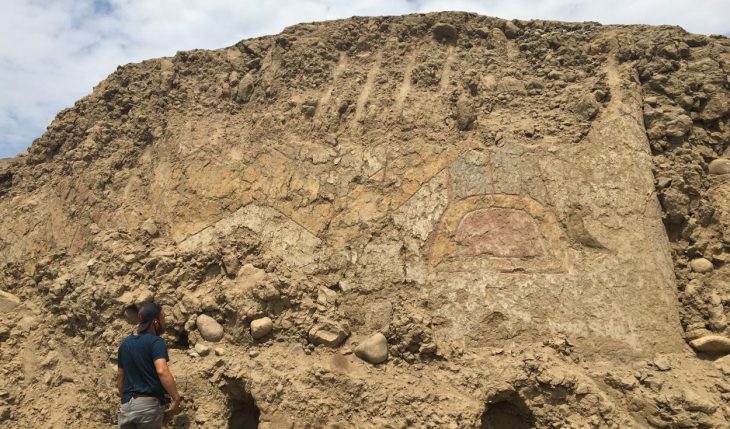Archaeologists have discovered a Roman chariot during excavations at a necropolis in northeastern Bulgaria, between Provadia and Vetrino. It is the first one found in the Varna district.
Dr Vladimir Slavchev, an archaeologist at the Regional History Museum in Varna, told Bulgarian News Agency (BTA) that mysterious stone structures were uncovered during the excavation of a necropolis mound in the area between Vetrino and Provadia. The remains of a Roman chariot were also discovered in the area for the first time, Slavchev added.
The burial mound has been “offering” surprises to archaeologists since the very beginning of the excavations. The necropolis is dated to the Roman era of the 2nd- 3rd century AD. According to Slavchev, no one expected the mound to be exactly like this, given that shortly before that another mound, but from the Early Bronze Age, had been excavated in the area. The expectation was that the two monuments were from the same time, but there is now a series of evidence that this is not the case.
The burials in this mound were cremations in situ. Slavchev explained that burial pits were dug, a wooden bed with the body was placed inside, and after the body was cremated, the pit was filled. According to Slavchev, no conclusive evidence has been found as to whether people from the same family were buried here, however since there was a settlement nearby, it was used by a wider circle of the population. Slavchev said it was also strange that the mound was not built on a hill but on a slope.
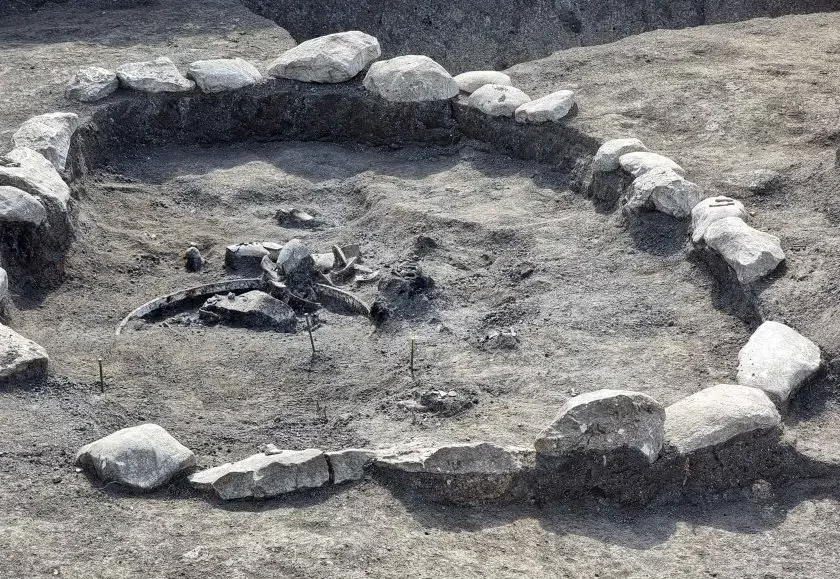
He stated that the excavations show that it was a complex consisting of several phases. The primary mound was covered with a layer of whitish mar, then widened and resealed in the same way. In the next stage, mysterious stone structures and cremation tombs were built, and the pits were dug into the ground and their bottoms narrowed.
Cremation was a common method from the formation of Rome to the mid-2nd century AD. The social status of the buried person can be understood from the grave goods found. However, no gold objects were found in the graves, but archaeologists have found ceramic and glass vessels, iron and bronze objects almost everywhere. A few coins were also found, put there to be used by the dead in the afterlife.
The coins were thrown not during the cremation but when the grave was filled in, Slavchev explained. He said one was certainly minted in the time of the Roman emperor Antoninus Pius, others were from the Severan dynasty.
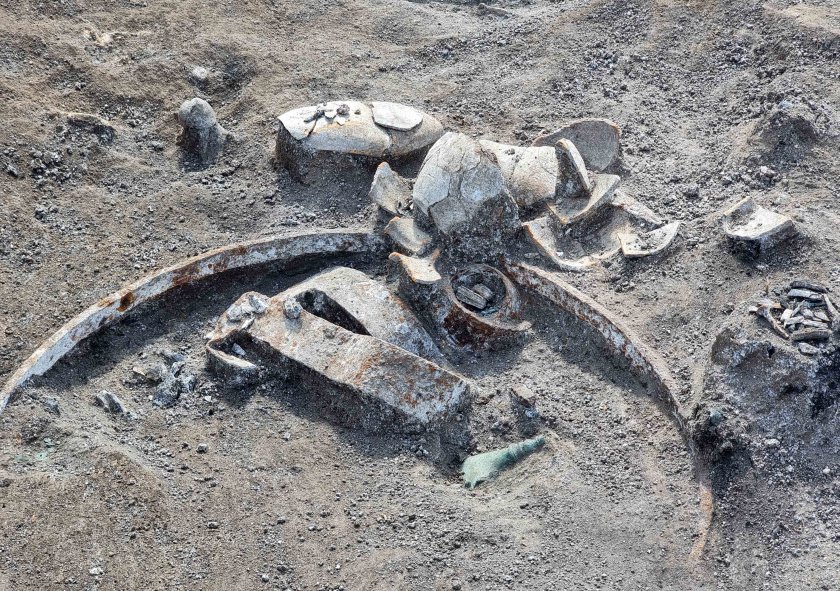
Archaeologists have also found the remains of a Roman chariot buried with the horse and pottery in the mound. Such finds are relatively common in our country, but here, in Varna, we find for the first time, Slavchev said. The chariot is very well preserved, and the expert’s position is that it could probably be reconstructed. The chariot was a two-wheeled one, of the type in which people traveled straight.
Speaking to the BTA, the archaeologist said that such cars were also used as means of transport in daily life, but the car found in the mound is likely to be a chariot.
With all the surprises in the mound, the strangest thing is that it is surrounded on the entire south side by domed stone structures, round and elliptical, Slavchev said. They were built close together and their purpose is an absolute mystery. Archaeologists have explored several and found nothing inside them. The stone floors of the structures had fallen over the centuries as dirt pushed them downwards.
According to Slavchev, they cannot be said to have been looted because there are no signs of them having been destroyed by humans. The head of the excavations has already made several inquiries whether similar stone structures have been found elsewhere, but so far there is no such data, and not for the Roman era.
Four such raids were discovered in the central part of the mound, in contrast to the odd piles of stones untouched by treasure hunters. Slavchev explained that if there was anything in the center it was looted, and therefore there is no longer any way to find out who the original burial mound was for and what was in the primary grave on which the burial mound was piled.
The excavations in the area are rescue excavations because the mound lies on the route of the future Bulgaria-Romania gas pipeline. The funding was provided by the Bulgartransgaz company under a contract with the National Archaeological Institute with Museum – BAS.
Google Translate was used to translate the Facebook post from the Bulgarian News Agency.
Cover Photo: Bulgarian News Agency (BTA)

